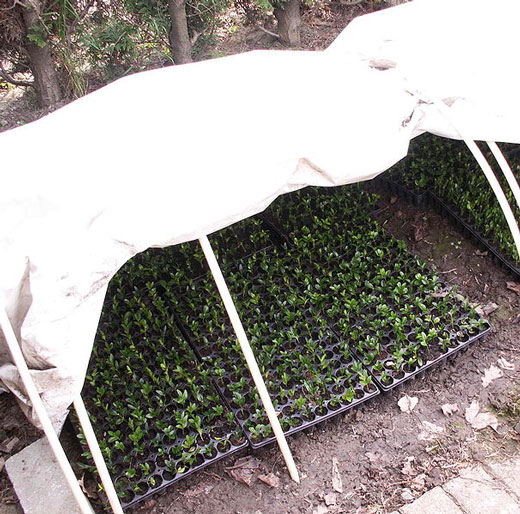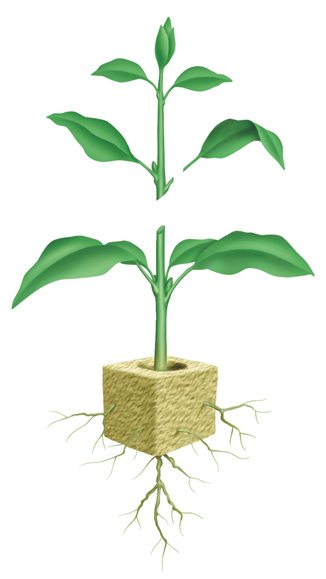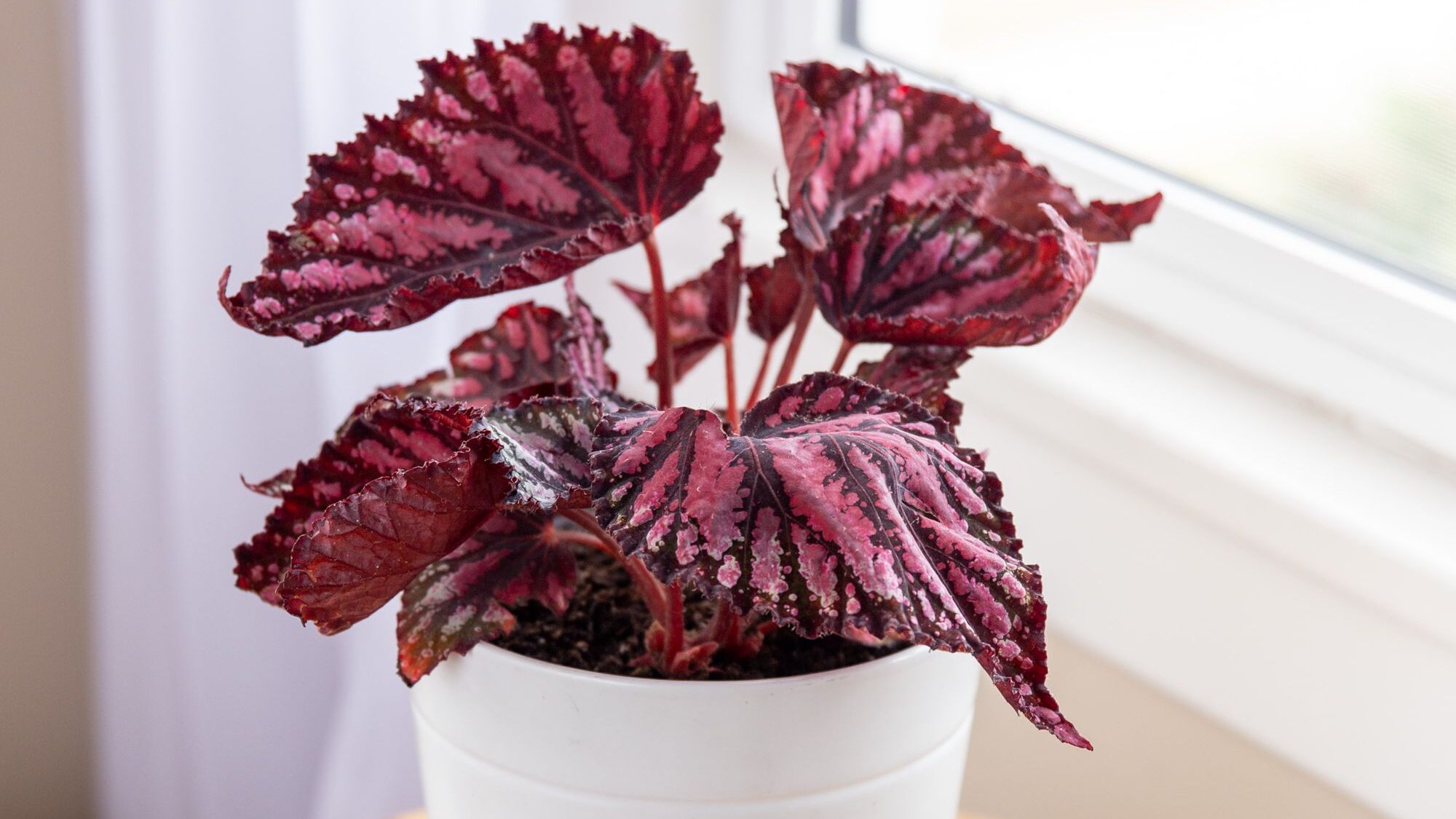
Plant Propagation Technique
If you’re a plant enthusiast, you have probably heard about plant propagation by cuttings. Cuttings are parts of the plant cut or broken from the parent plant and put into water, soil, vermiculite, potting mix, or any other mixture meant for plant growth. Giving them some time, they will form roots and become new plants.
More and more rooting mediums are becoming available on the market that often guarantees a more successful result for your propagation project – for example, foam and tree bark rooting cubes.
Plant propagation by taking cuttings is one of the most fundamental forms of propagation and is used by many plant owners. However, there are several different types of cuttings. Let’s have a look at each one.

Softwood Cuttings
The most popular form of propagation is certainly softwood cutting, also called green tip cutting. This method is commonly used for propagating herbs, veggies, annual and perennial flowers, and houseplants, like ZZ plants. In natural settings, spring is the best time for taking softwood cuttings. But thanks to plant equipment such as hobby greenhouses, cold frames, and indoor growth lights, it’s possible to do pretty much anytime.

Semi-hardwood Cuttings
Semi-hardwood cuttings are much more firm when compared to softwood cuttings, making them stronger and more resistant to rougher conditions. This method tends to be used for deciduous, evergreen, and perennial plants. If you’re thinking of trying out semi-hardwood cuttings, the best time to take these cuttings is between late summer and early winter.
Hardwood Cuttings
Hardwood cuttings come in handy when propagating deciduous shrubs, soft-wooded trees, and bushes.
Grape, willow, poplar, currant, and gooseberry plants are a few examples of plants cloned using this technique. While softwood and semi-hardwood cuttings are taken during warmer seasons, hardwood cuttings should be taken in the winter, as this is when the plant is inactive. And while plants propagated with hardwood cuttings can often also be cloned with semi-hardwood and softwood cuttings, hardwood cutting requires much less effort. That is thanks to the lack of foliage and growth in a hardwood cutting.Give it a read

Leaf Cuttings
Another form of plant propagation by cuttings is leaf cutting. This method finds regular use for succulent and fleshy plants, especially from tropical regions.
Let’s look at how Rex Begonia is propagated. A mature leaf of the plant is cut from the plant and torn apart at each point where two veins meet. Then the leaf is secured flat on a moist medium containing pins or pebbles. The leaf can grow new plants at each point of the cut. Alternatively, you can cut the leaf into pieces and insert the end with a cut into your potting medium. It should take around 6 to 8 weeks for new plants to appear – give or take some time, depending on the environment.

Petiole Cuttings
Petiole cutting is another form of leaf cutting. To use this technique, remove a leaf from the plant, trim the stem to around 1-2 inches, and stick it to your potting mix or rooting medium. You want to ensure that both the short stem and the bottom of the leaf are in an upright position and supported by the soil. African violets, and some other varieties of gesneriads, tend to be propagated using petiole cuttings.
Root Cuttings
Root cutting is another form of plant propagation commonly used for plants that naturally produce suckers from their roots – blackberries and red raspberries are some examples. Are you curious about how to use this propagation method? You’ll need tiny pieces of the plant root, around 2 to 4 inches long and ⅛ inch in diameter, and some patience. Store the root pieces over winter – this helps them to form calluses. In the spring, plant them in a horizontal position. We recommend using loose and sandy soil for this. Oriental poppies and California tree poppies are usually propagated using this propagation technique.